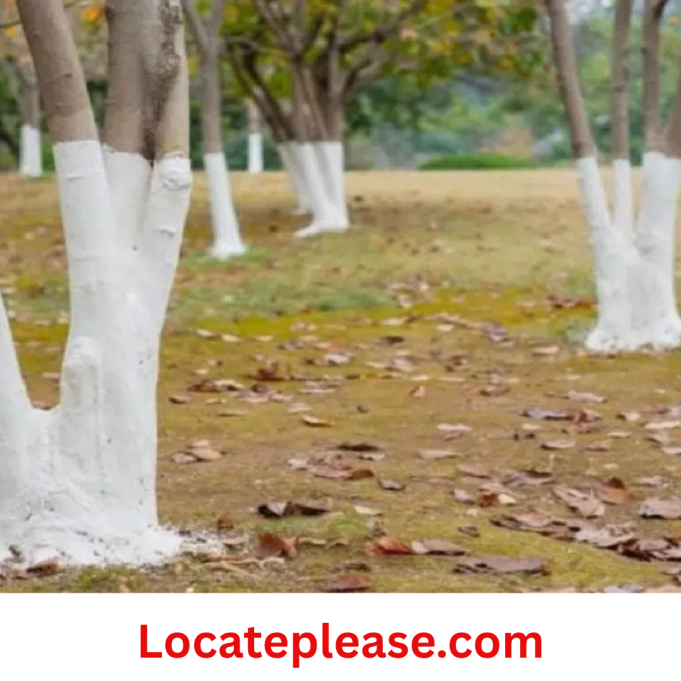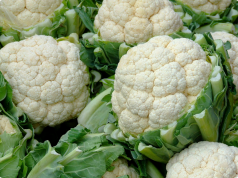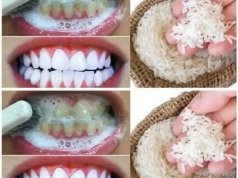For years, I’d pass them on country roads and in orchards—trees standing tall in winter’s bareness, their trunks wrapped in a soft band of white, like they’d been dipped in fresh snow.
I’d wonder: What does it mean? Is it a warning? A marker? A message meant only for those who know how to read it?
Turns out, it’s none of those things.
It’s something far more tender.
It’s care.
Not a Code—A Comfort
You may have seen other painted marks on trees—orange for removal, purple for “private property.” Those are signals—practical, administrative.
But white?
White is different.
White is not for humans.
It’s for the tree.
In winter, when the sun hangs low and bright against a pale sky, something quiet and dangerous can happen: sunscald.
Here’s how it unfolds:
During the day, the sun’s rays warm the dark bark, causing it to expand—just slightly, just enough.
Then night falls. The temperature plummets.
The bark cools—too quickly. It contracts.
And in that sudden shift, it can split. Crack. Peel away.
These wounds may seem small, but they’re invitations—to pests, to disease, to decay.
A tree, in its stillness, is fighting to hold itself together.
The White Coat: Nature’s Gentle Armor
So we offer help.
A coat of diluted white latex paint—nothing fancy, nothing chemical—painted up the trunk, from the base to just below the lowest branches.
Why white?
Because light reflects.
Because white doesn’t absorb the sun’s heat like dark bark does.
Because it softens the swing—from day’s warmth to night’s chill—giving the tree time to adjust, not shatter.
Think of it as sunscreen.
As a blanket.
As a quiet promise: I see you. I’ll help you through this.
🌳 It’s not decoration. It’s devotion.
How It’s Done—With Patience and Respect
The method is simple, but thoughtful:
- Paint: Ordinary water-based latex paint (never oil-based—it can suffocate the bark).
- Dilution: One part paint to one part water. Thin enough to breathe, thick enough to protect.
- Application: A soft brush, or sometimes a sprayer for orchards—always covering the trunk evenly, especially on the south and west sides, where winter sun hits hardest.
And how often?
Just once a year—usually in late fall, before the deepest cold sets in.
The paint weathers away with spring rains, by which time the tree no longer needs it.
Nature, in time, reclaims its own rhythm.
Who Does This? And Why?
You’ll see it most in orchards—young apple, peach, or cherry trees, their bark still thin and tender.
But also in nurseries, along young street plantings, or in the yards of gardeners who listen closely to the seasons.
It’s not about control.
It’s about companionship.
It’s the recognition that we are not separate from the trees—but stewards, partners, fellow travelers through the turning year.
A Final Thought
Now when I pass a white-trunked tree in winter, I don’t wonder.
I pause.
I see the care in that soft white band—the human hand that mixed the paint, the intention that reached up on a cold afternoon, the hope that this tree will stand tall, not just this year, but for decades.
It’s a small act.
But in a world that often moves too fast, too loud—
it’s a quiet kind of love.
So the next time you see one,
give it a nod.
That tree?
It’s been tended.
It’s been seen.
It’s getting ready to leaf out again—
because someone cared enough to paint it white.










